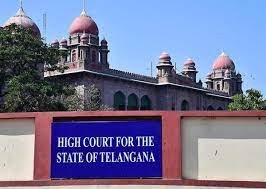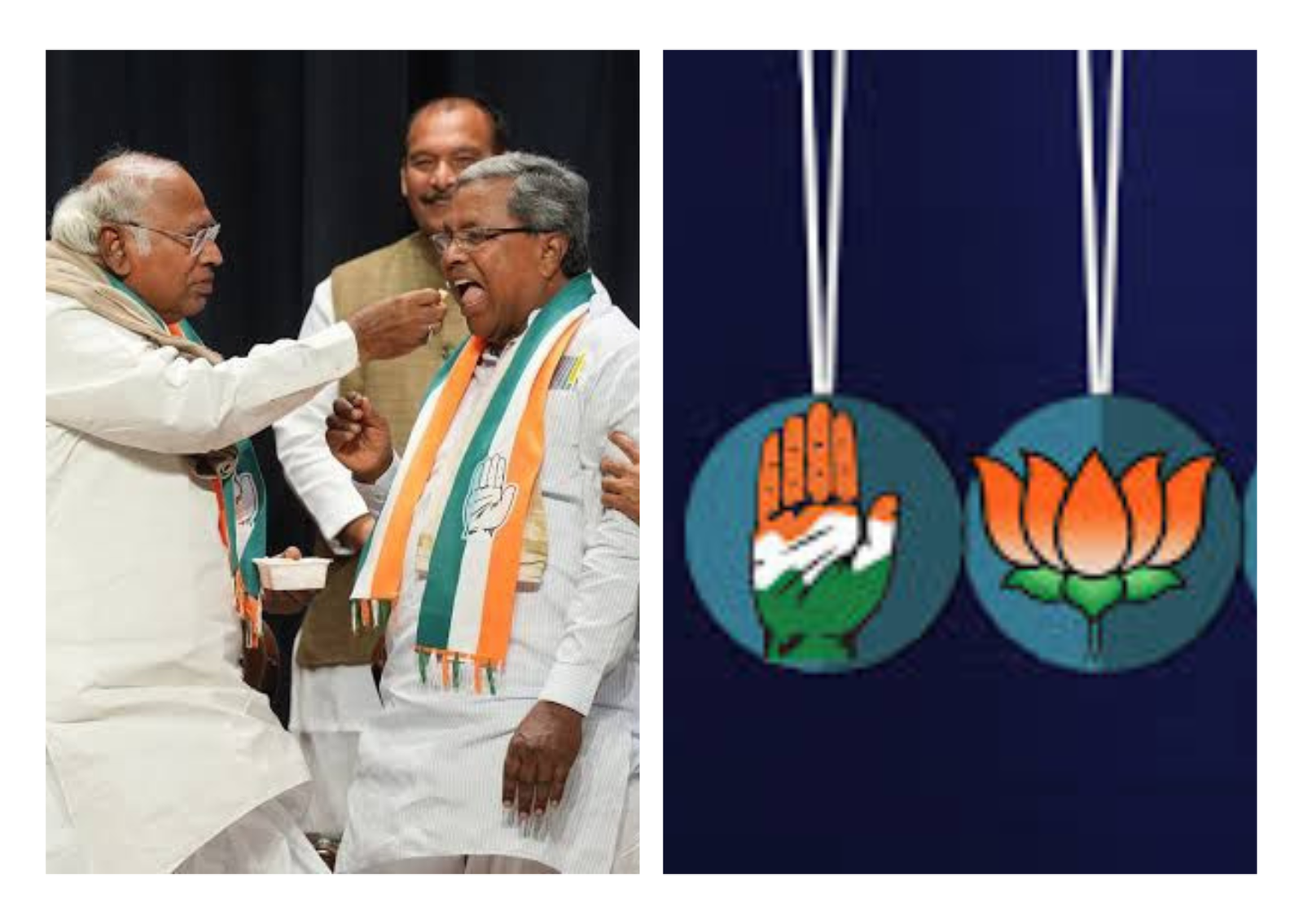INTRODUCTION
The 2G Scam in India pertains to a major corruption scandal involving the allocation of 2G (second-generation) spectrum licenses during 2008. The irregularities in the allocation process led to allegations of favouritism and financial mismanagement in a vital part of the country’s telecommunications infrastructure.
A government audit revealed that licenses were issued at undervalued prices, causing a significant loss to the national exchequer.
The Telecom Minister A. Raja was accused of favouritism in awarding licenses and spectrum to certain telecom companies. The process lacked transparency and licenses were allegedly sold at 2001 prices, leading to substantial losses for the government. The Comptroller and Auditor General (CAG) estimated the potential revenue loss to be in the range of Rs. 1.76 lakh crore.
The scandal led to widespread public outcry, political uproar, and legal actions. A series of investigations and court proceedings followed.
In 2012, the Supreme Court of India cancelled 122 licences issued during the tenure of Telecom Minister A. Raja, declaring the process unconstitutional and arbitrary.
BACKGROUND
The 2G spectrum scam occurred in the context of India’s telecommunications sector. In 2008, the country was experiencing rapid growth in mobile phone usage, and the demand for spectrum, the radio frequencies that enable wireless communication, was high. The allocation of spectrum licenses was a critical aspect of expanding the telecom infrastructure to meet the growth demand.
The Telecom Minister A. Raja in the United Progressive Alliance (UPA) government was responsible for overseeing the allocation of 2G spectrum licences. However, it was revealed that the process was marred by irregularities and corruption.
The licences were allegedly sold at undervalued prices, causing a significant loss to the government. This led to public outrage, political turmoil, and legal proceedings.
The subsequent investigations and court rulings brought to light the extent of the wrongdoing, leading to the cancellation of licenses and legal actions against those involved.
The 2G spectrum scam had far-reaching consequences, influencing regulatory reforms, and raising awareness about the importance of transparency and accountability in government processes.
Overall, the 2G spectrum scam left a lasting imprint on India’s political and business landscape, prompting reforms and reinforcing the importance of ethical conduct and transparency in governance.
CHRONOLOGICAL EVENTS
Here, is a chronological overview of key events in the 2G spectrum scam which are in given as follow: 2008: Allocation of 2G Spectrum: The government under Telecom Minister A. Raja allocated 2G spectrum licenses at 2001 prices, leading to allegations of favouritism and causing a potential loss to the exchequer.
2009: CAG Report: The Comptroller and Auditor General (CAG) released a report estimating a presumptive loss of Rs. 1.76 lakh crore ($26 billion) due to irregularities in spectrum allocation.
2010: FIR and Arrest: The Central Bureau of Investigation (CBI) registered FIRs against several individuals and companies, including A. Raja. The first arrest was made in connection with the scam.
2010: A. Raja Resigns: In November, A. Raja resigned as the Telecom Minister because of the following immense pressure and criticism surrounding the spectrum allocation.
2011: Trial Begins: The trial of the accused, including A. Raja and corporate executives, began in special court.
2011: Public Outcry: The scandal sparked widespread protests and public outrage with demands for a thorough investigation and accountability.
2012: Joint Parliamentary Committee (JPC): A Joint Parliamentary Committee was formed to investigate the 2G spectrum scam, aiming to examine various aspects of the case and suggest reforms.
2012: Granted Bail: A. Raja, Kanimozhi and others are granted bail during the trial.
2012: Supreme Court Intervention: The Supreme Court of India is responding to public interest litigation which cancelled 122 licenses issued during the tenure period of Telecom Minister A. Raja that is calling the allocation process “arbitrary and unconstitutional”.
2012: Verdict: In February, the trial court pronounced its verdict. A. Raja and others were acquitted due to lack of evidence. The decision sparked public outrage and calls for reforms.
2013: SC Guidelines on Spectrum Allocation: The Supreme Court laid down guidelines for future spectrum allocations, emphasizing transparency and fairness to prevent a recurrence of such irregularities.
2014: Fresh Auctions: The government conducted fresh spectrum auctions, introducing more transparency and earning significant revenue.
2015: Enforcement Directorate (ED) Chargesheet: The ED filed a chargesheet against individuals and companies, alleging money laundering in connection with the 2G spectrum allocation.
2017: Acquittals Overturned: The Delhi High Court acquitted the accused in the 2G spectrum case. The court held that the trial court had “erroneously” acquitted the accused and ordered a fresh trial.
2017: A. Raja’s Memoir: A. Raja released a memoir titled “2G Saga Unfolds”, presenting his perspective on the events and claiming innocence.
2019: Telecom Companies Reaction: Telecom companies affected by the license cancellations sought relief and compensation, creating debates on the economic impact and fairness of the government’s actions.
2019: Closure of Investigation: The CBI and ED informed the court that there was not enough evidence to prosecute that accused in the money laundering cases linked to the 2G spectrum scam.
2019: Final Verdict: In December, a special CBI court acquitted all accused, citing a lack of evidence. The court stated that the prosecution failed to prove the charges beyond reasonable doubt.
2020: AGR Dues Controversy: The telecom sector faced financial challenges, including Adjusted Gross Revenue (AGR) dues. The Supreme Court ruled that telecom companies, including those affected by 2G spectrum cancellation had to pay substantial dues to the government.
2020: Challenges of Acquittal: The Enforcement Directorate (ED) challenges the acquittals of A. Raja, Kanimozhi, and others in the Delhi High Court. The court issues notices to the accused, seeking responses.
2021: Spectrum Auctions: The government conducted spectrum auctions, aiming to meet the increasing demand for mobile services and enhance the efficiency of the telecom sector.
2021: Developments of legal proceedings: Further developments in legal proceedings and appeals against the acquittals in the 2G spectrum scam case.
2022: Policy Reforms: The telecom sector witnessed policy reforms to address issues like financial stress on companies and encourage investments in new technologies, marking ongoing efforts to improve the industry’s health.
2023: 5G Rollout and Technology Shift: India made strides towards the rollout of 5G technology, emphasizing the need for a robust and transparent spectrum allocation process. The evolution of technology highlighted the importance of learning from past mistakes in spectrum management.
ROLE OF MEDIA IN 2G SCAM SPECTRUM
The 2G spectrum scam in India was a major corruption scandal related to the allocation of 2G spectrum licenses in 2008. The media played a crucial role in bringing the spectrum to light. Journalist and investigative reporting exposed irregularities in the allocation process which is revealing instances of favouritism, under-pricing, and manipulation.
Media outlets through extensive coverage and investigative journalism, raised awareness among the public and triggered widespread protests which is demanding accountability from the government. The coverage also led to political and legal repercussions with a series of investigations and court cases initiated to address the corruption allegations.
IMPACTS CAME AFTER THE 2G SCAM SPECTRUM
The 2G spectrum scam had significant impacts on the telecommunications sector and governance in India which are as follows:
- Policy Reforms: The scandal led to a reassessment of telecom policies and regulatory frameworks, prompting reforms to enhance transparency and prevent corruption in spectrum allocation.
- Legal Proceedings: Numerous legal cases ensued that resulting in trials and convictions of several individuals involved in the scam which is including politicians and corporate executives.
- Cancellation of Licenses: In 2012, the Supreme Court of India cancelled 122 telecom licenses allocated during the 2G spectrum allocation, citing irregularities and lack of transparency in the process.
- Economic Consequences: The cancellation of licenses and subsequent legal battles affected investor confidence, impacting the growth of the telecom sector and the broader economy.
- Impact on Companies: Telecom companies implicated in the scam faced financial losses and reputational damage. Some companies had to exit the market, leading to a reshaping of the industry landscape.
- Telecom Sector Reforms: The government implemented measures to bring about structural changes in the telecom sector which is aiming to improve efficiency, transparency, and fair competition.
ROLE OF JUDICIARY AND LAW
The 2G spectrum scam in India was a complex case involving irregularities in the allocation of 2G spectrum licenses. The judiciary played a crucial role in addressing the issue and ensuring accountability as follows:
Judicial Intervention
The judiciary, particularly the Supreme Court of India which took Suo-motu cognizance of the issue, demonstrating its proactive role in upholding justice.
The court appointed a special investigation team (SIT) to probe the scam, ensuring an independent and thorough examination of the case.
Legal Proceedings
Various individuals, including politicians and corporate figures, were implicated in the scam. Legal proceedings were initiated against them to determine their culpability.
The judiciary ensured fair trials and adherence to legal processes, emphasizing the rule of law in the pursuit of justice.
Cancellation of Licenses
In 2012 the Supreme Court of India said in a landmark judgment which cancelled 122 2G licenses, citing irregularities and lack of transparency in the allocation process.
This decision aimed to rectify the wrongful distribution of spectrum and emphasized the importance of fairness and integrity in public resource allocation.
Preventing Corruption
The judiciary’s role in the 2G spectrum case highlighted its commitment to preventing corruption and ensuring accountability, sending a strong message that those involved in corrupt practices would face legal consequences.
Judicial Activism
The 2G spectrum case exemplified judicial activism, where the judiciary actively intervened to safeguard public interest and hold the principles of justice, transparency, and fairness.
LIST OF COMPANIES WHO RECEIVED 2G LICENSES
During A. Raja’s term as the Telecom Minister 2G spectrum licenses were allocated to several companies. The allocation process faced allegations of irregularities and corruption. Some of the companies that received 2G licenses during this period include:
- Swan Telecom (later named Etisalat DB Telecom)
- Unitech Wireless (later part of Uninor, a joint venture with Telenor)
- Videocon Telecom
- Loop Telecom
- S Tel
- Reliance Telecom
- Idea Cellular (in some circles)
- Tata Teleservices (in some circles)
- Sistema Shyam Tele Services (MTS India)
- Allianz Infratech
- Datacom Solutions (now defunct)
- Loop Mobile (formerly BPL Mobile)
LIST CANCELLATIONS OF 2G SCAM
In 2012, because of the 2G spectrum scam and the irregularities in the allocation process, the Supreme Court of India cancelled 122 telecom licenses that were issued during A. Raja’s tenure as the Telecom Minister. This decision was a pivotal moment in the aftermath of the scandal and aimed to rectify the perceived lack of transparency and fairness in the allocation of 2G spectrum licenses.
The cancellation of licenses affected various telecom operators including companies like Uninor (a joint venture between Telenor and Unitech), Sistema Shyam Teleservices (MTS India), Videocon Telecom, Loop Mobile, and many others. The court’s decision was based on the findings of corruption and irregularities in the allocation process, and it sought to address the financial losses incurred by the government due to undervaluation of spectrum.
COMPANIES AFFECTED BY CANCELLATIONS
The cancellation of 2G spectrum licenses in 2012 affected several telecom companies operating in India. The Supreme Court’s decision to cancel licenses was based on allegations of irregularities and lack of transparency in the allocation process. Here, are some of the companies directly affected by the cancellations:
- Uninor (Telewings Communications Services Pvt Ltd): Uninor is a joint venture between Telenor and Unitech which faced the cancellation of its licenses in several circles.
- Sistema Shyam Tele Services Limited (MTS India): SSTL is operating under the MTS brand which lost licenses for several circles due to the cancellations.
- Loop Telecom: Loop Telecom was among the companies affected by the license cancellations in the aftermath of the 2G spectrum scam.
- Videocon Telecom: Videocon Telecom’s licenses were cancelled because of Supreme Court’s decision.
- S Tel: S Tel was another telecom operator that faced the cancellation of its licenses.
- Etisalat DB Telecom (formerly Swan Telecom): Swan Telecom is later renamed Etisalat DB Telecom saw the cancellation of its licenses.
- Spice Communications: Spice Communications which was acquired by Idea Cellular faced repercussions due to the license cancellations.
- Allianz Infratech: Allianz Infratech was also impacted by the cancellation.
- Datacom Solutions: Datacom Solutions which was granted licenses which faced challenges following the cancellations.
- Shyam Telelink: Shyam Telelink was later merged into Sistema Shyam Tele Services (SSTL) which was impacted by the license cancellation.



